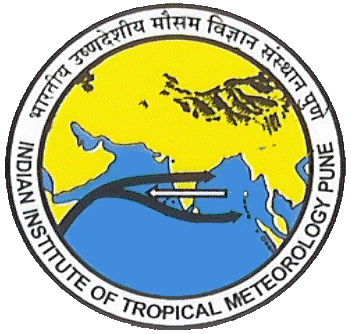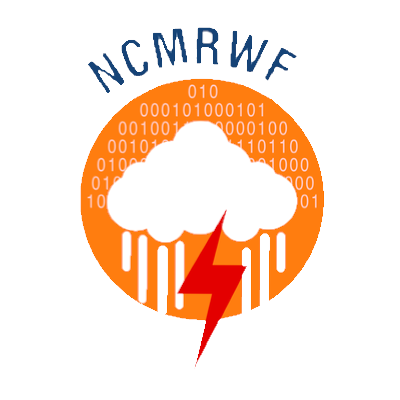WRF based Lightning flash prediction Dynamical Lightning Parameterization (DLP)
Dynamical lightning parameterization (DLP) used in the state-of the art numerical weather prediction model (e.g., WRF3.8.1) (Price and Rind, 1992; Wong et al., 2013) establishes the direct link between the charge separation mechanisms and collisions between hydrometeors to relate storm electrical activity and therefore lightning discharges to the characteristics (e.g. amount, fall velocity) of hydrometeors (graupel, hail, cloud ice, snow and supercooled liquid water droplets) as well as to the intensity of the convection itself (e.g. updraft velocity, convective available potential energy).
The most commonly used method for parameterizing lightning flash rate is by Price and Rind (1992, 1993, 1994), which uses Vonnegut’s (1963) theory on the geometry of the charged regions and its scaling assumptions for the convective cloud characteristics (updraft velocity, cloud top height, maximum reflectivity) to estimate both total and cloud-to-ground lightning flash rates. The cloud top height is determined by the threshold of reflectivity (20 dBZ) and temperature (0° C).
Here in DLP it is used based on 20 dBZ top, redistributes flashes within dBZ > 20 (for convection resolved model runs) (Mohan, Vani, Hazra et al., 2019; Hazra, Mohan, Vani et al., 2019). For the real time model (single domain, 3 km horizontal resolution) forecast run, daily two cycles is performed with initial condition (IC) of 00 UTC and 12 UTC in IITM “Aaditya” HPCS. The initial condition (IC) is obtained from IMD (GFS T1534). One day (24 hours) accumulated total lightning flashes are provided and 3 hourly accumulated lightning flashes and overlaid maximum reflectivity products (from IITM WRF model with DLP scheme) are also presented to indicate the probability of lightning occurrence over the entire country.



